
AeroGenie — Uw intelligente copiloot.
Trending
Categories
Honeywell Introduces Software to Combat GPS Jamming and Spoofing
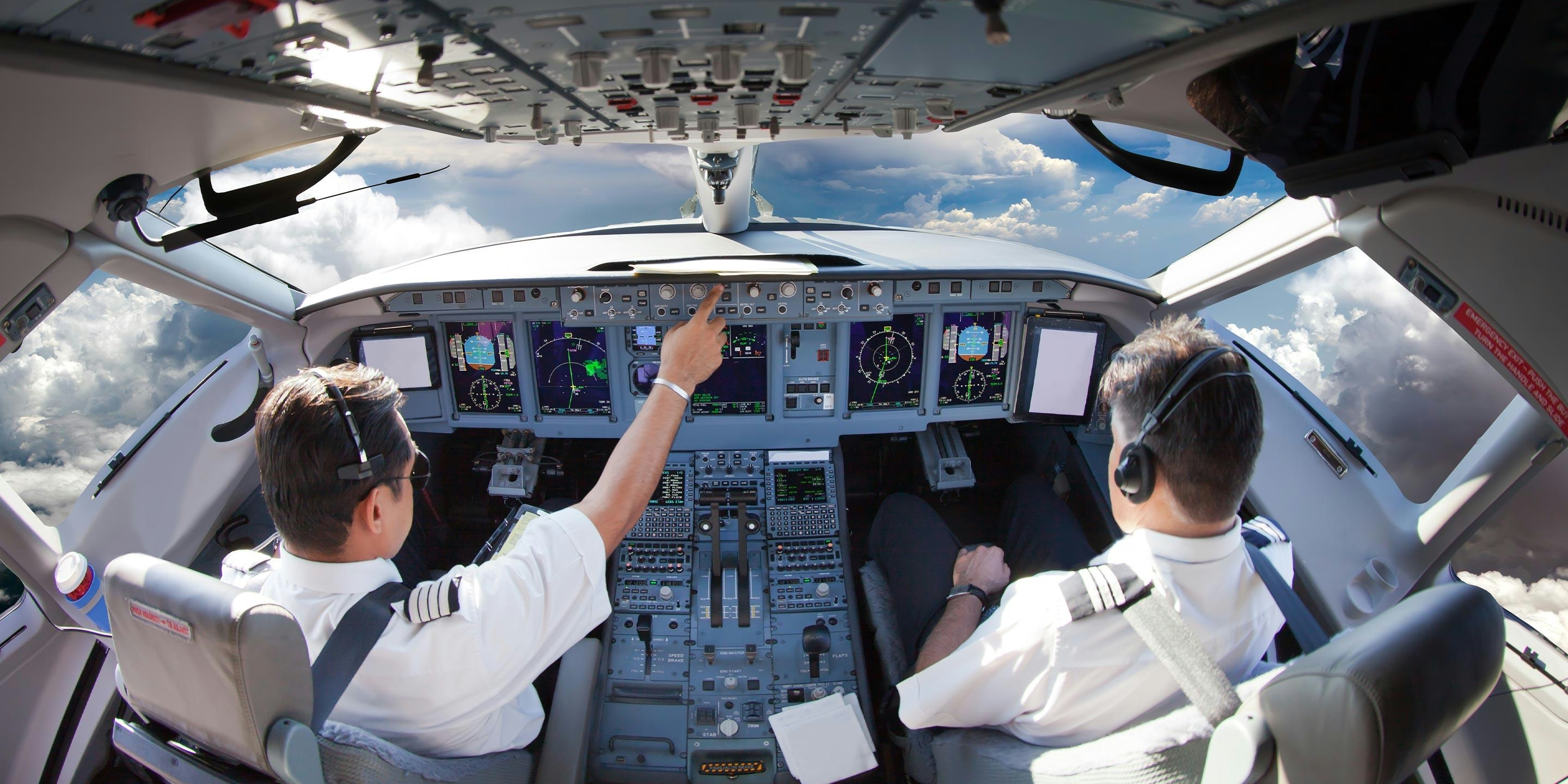
Honeywell Launches Advanced Software to Counter GPS Jamming and Spoofing Threats
Honeywell Aerospace has unveiled a new software platform designed to protect aircraft navigation systems from the increasing threats posed by global navigation satellite system (GNSS) signal interference. The Honeywell Alternative Navigation Architecture (HANA) aims to provide reliable and accurate positioning for both crewed and uncrewed aircraft when GNSS signals are degraded, jammed, or spoofed—a challenge that has become a significant concern for aviation and defense sectors worldwide.
Addressing the Growing Challenge of GNSS Interference
The rise of low-cost jamming and spoofing devices has led to a marked increase in GPS disruption incidents, raising serious concerns about flight safety and mission reliability. Data from SkAI Data Services indicates that such interference events are becoming more frequent, highlighting the urgent need for resilient navigation solutions. Matt Picchetti, Vice President of Navigation and Sensors at Honeywell Aerospace Technologies, emphasized the severity of the issue, noting that the proliferation of inexpensive jamming tools is leaving more pilots and operators without access to critical GNSS data during flight.
A Multi-Layered Approach to Navigation Resilience
HANA is a software-based, multi-system navigation platform that enhances traditional inertial navigation systems by integrating a variety of sensing technologies into a cohesive, layered architecture. This modular design allows operators to combine different navigation modalities tailored to specific mission requirements. Among the key technologies incorporated are vision-aided navigation, which uses live camera feeds to correlate ground imagery with map databases; magnetic anomaly-aided navigation, which determines position by detecting known variations in Earth’s magnetic field; and low Earth orbit (LEO) satellite navigation, which utilizes signals from LEO satellites that are stronger and less vulnerable to interference.
Beyond these core modalities, HANA’s framework can also integrate additional technologies such as lidar, radar, radio-based ranging, and celestial tracking through star sensors. By fusing data from these independent sources, the system delivers continuous and accurate information on an aircraft’s position, velocity, and orientation, even when traditional satellite-based inputs are compromised. Honeywell highlights that this layered architecture enables operators to mix and match modalities, ensuring maximum resilience, system integrity, and consistent availability in GPS-denied environments.
Deployment and Market Implications
The HANA software is designed to be compatible with existing aircraft computing platforms or can be deployed on dedicated Honeywell systems, providing flexibility to meet diverse mission needs. The initial release includes vision-aided navigation, with magnetic anomaly and LEO satellite navigation modes scheduled for integration in 2026. This modular approach allows Honeywell to expand HANA’s capabilities as new technologies mature, while maintaining a stable and upgradeable core platform.
The success of HANA will depend on its widespread adoption and seamless integration with current navigation systems. The solution is expected to attract significant interest from sectors that rely heavily on precise navigation, including aviation, maritime, and defense. Competitors such as Advanced Navigation and Iridium, both established players in resilient navigation technologies, may respond by enhancing their own offerings or developing new solutions to address vulnerabilities in GPS.
Building on Honeywell’s five-decade legacy in inertial navigation, HANA seeks to eliminate the single-point vulnerability associated with GPS dependence. The platform also forms a critical part of Honeywell’s broader initiative to advance assured positioning, navigation, and timing (A-PNT) capabilities across both defense and commercial domains.
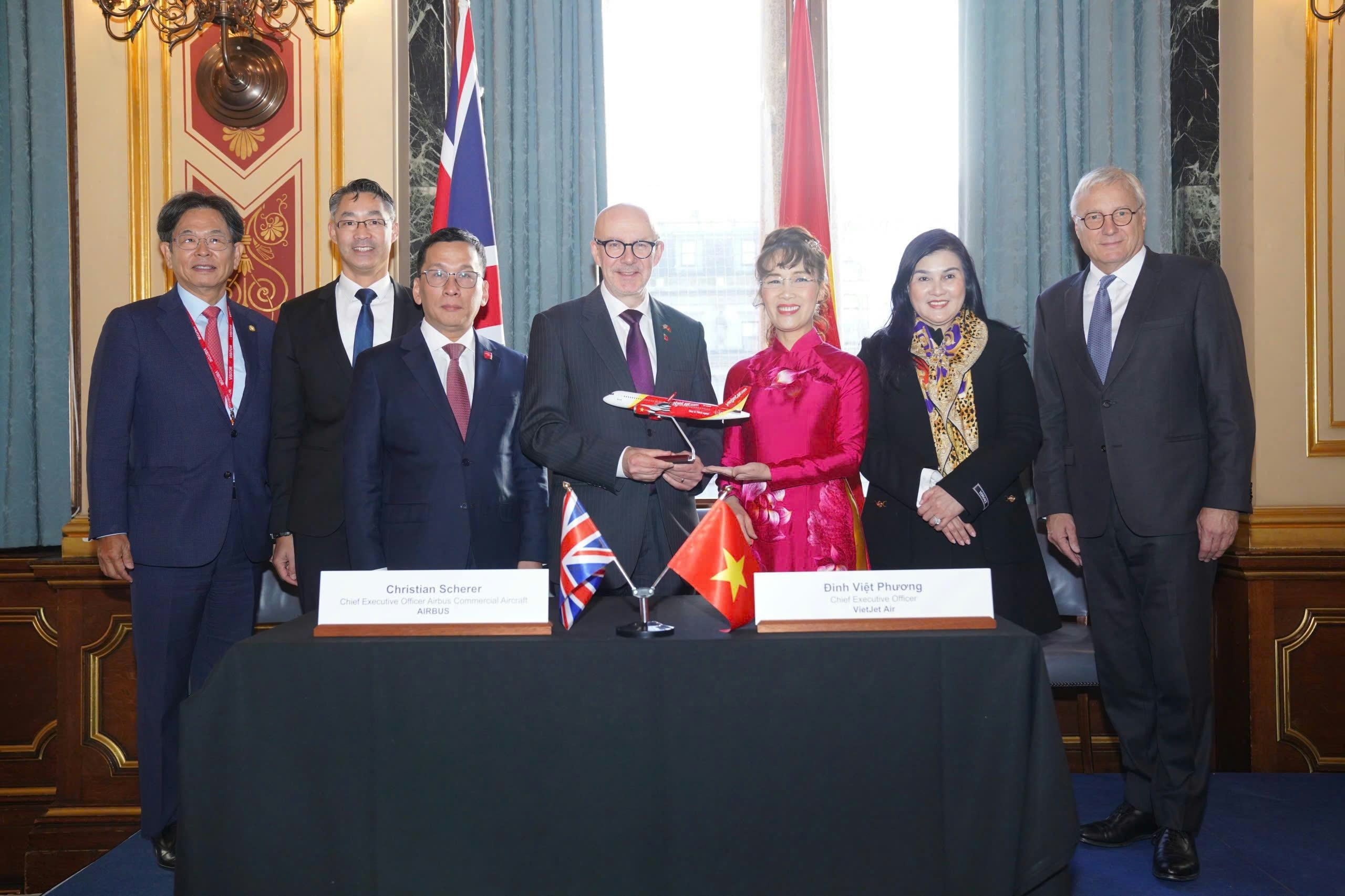
Vietjet Places Order for 100 Airbus A321neo Aircraft

Joby Aviation Shares Rise 5.6% Following AI Partnership with NVIDIA

Malaysia Aviation Group Weighs COMAC C919 Amid Delivery Delays

Miami to Host AeroSummit 2026, Highlighting Aviation Innovation
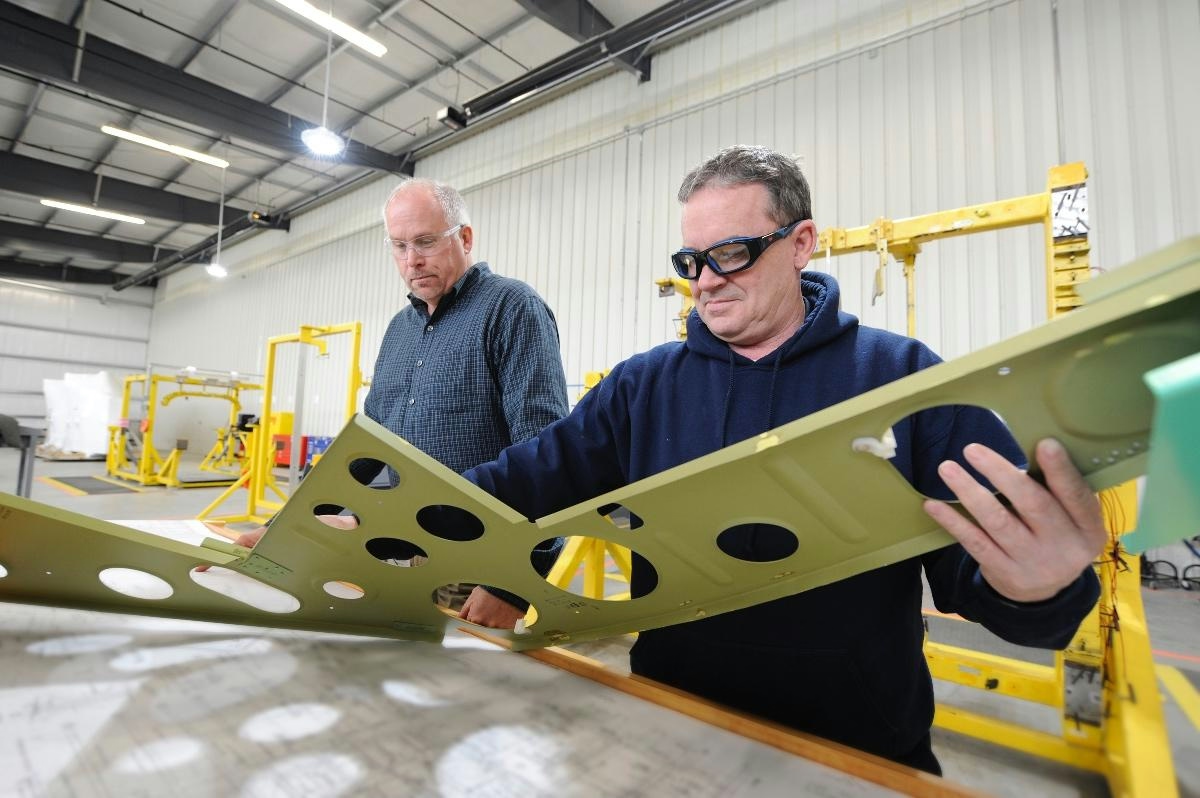
Aloft AeroArchitects Seeks Collaboration with Aviation Industry
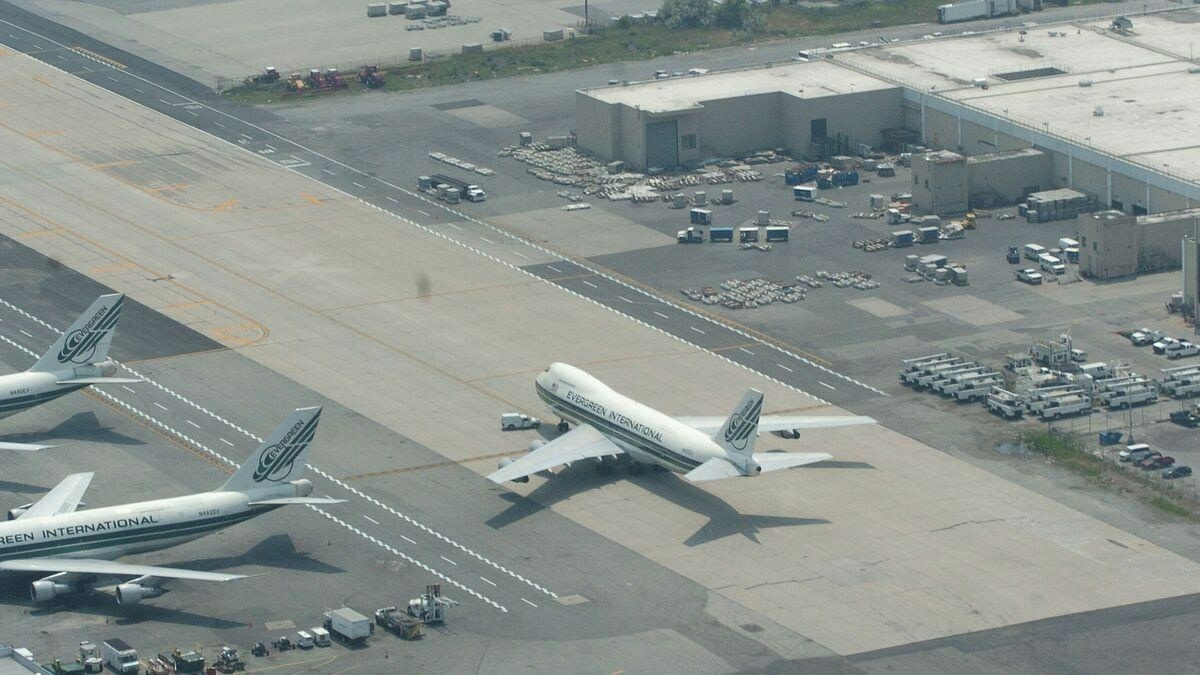
JFK Ground Stop Issued Following Engine Issue on Puerto Rico Flight
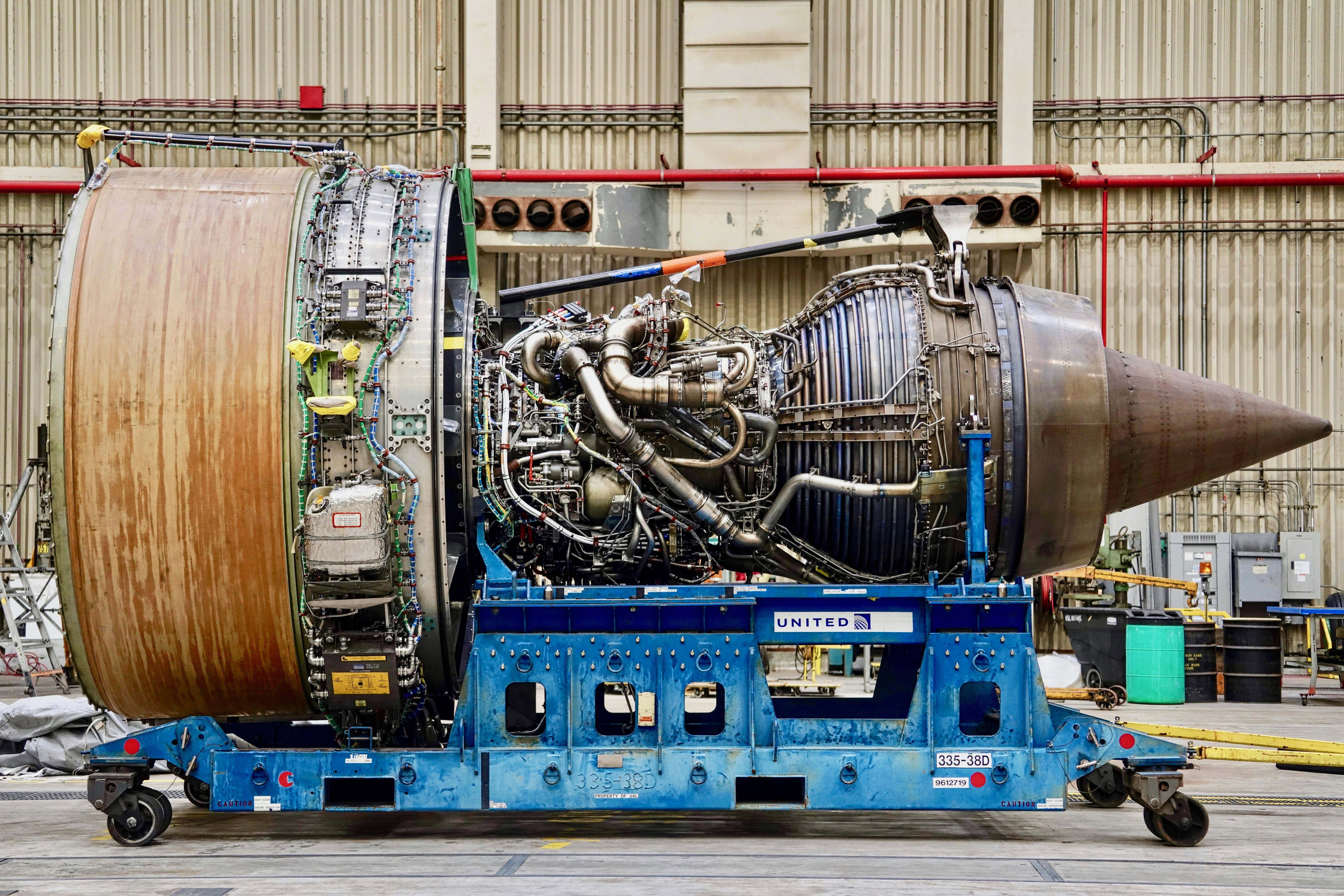
Comparing Rolls-Royce and General Electric Aircraft Engines

Diamond DA50 RG Receives Transport Canada Certification
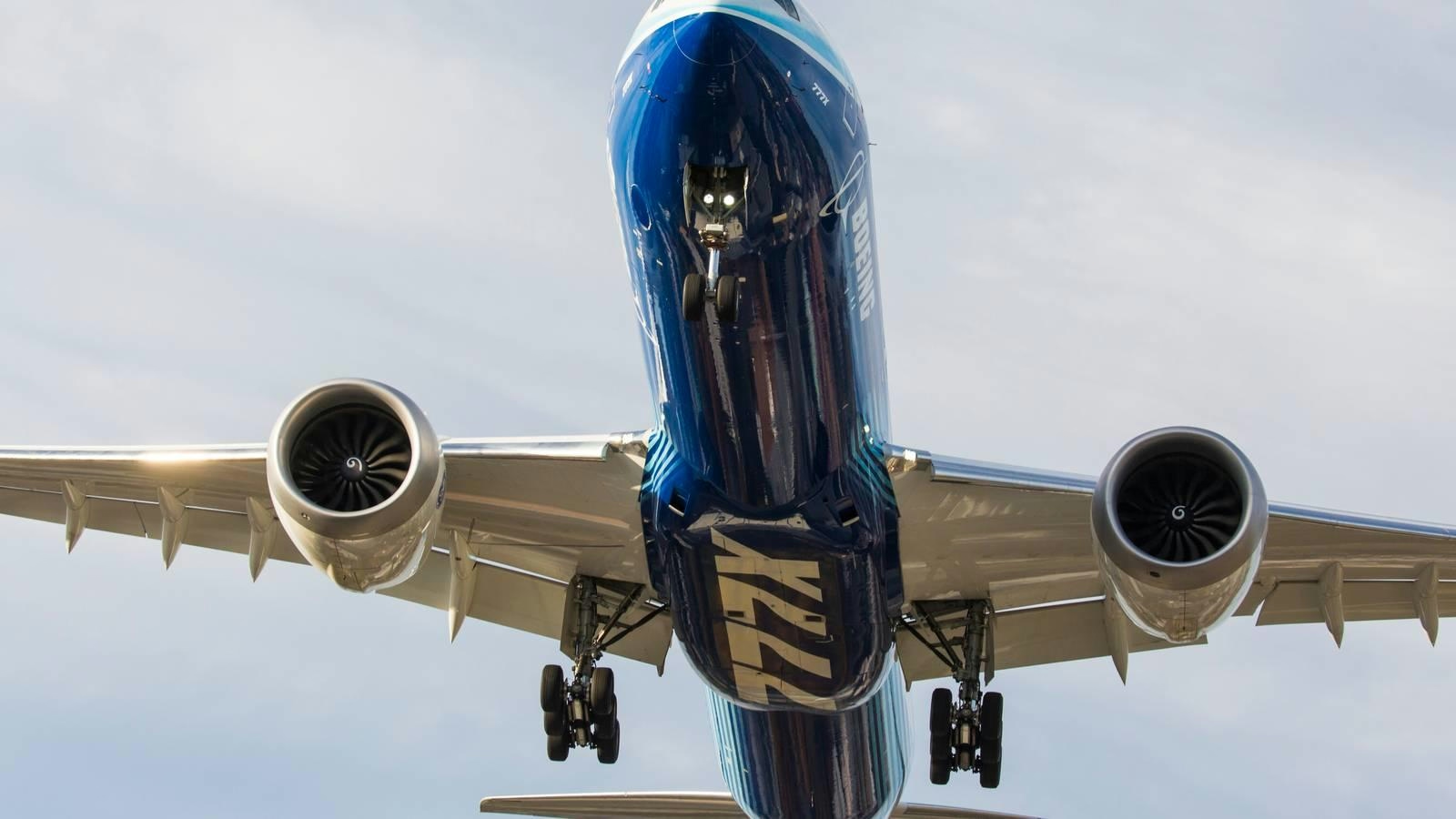
Etihad Airways to Receive First 777X Jet in 2031 Despite Program Delays
